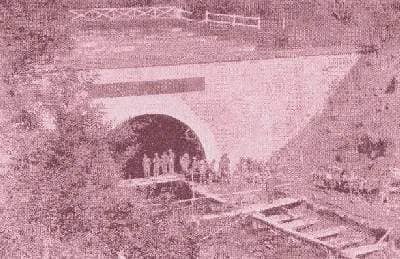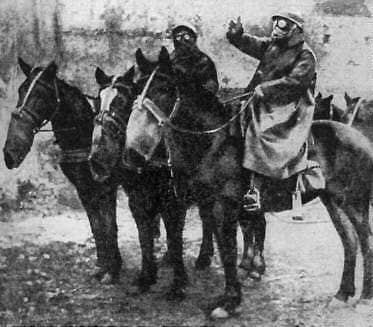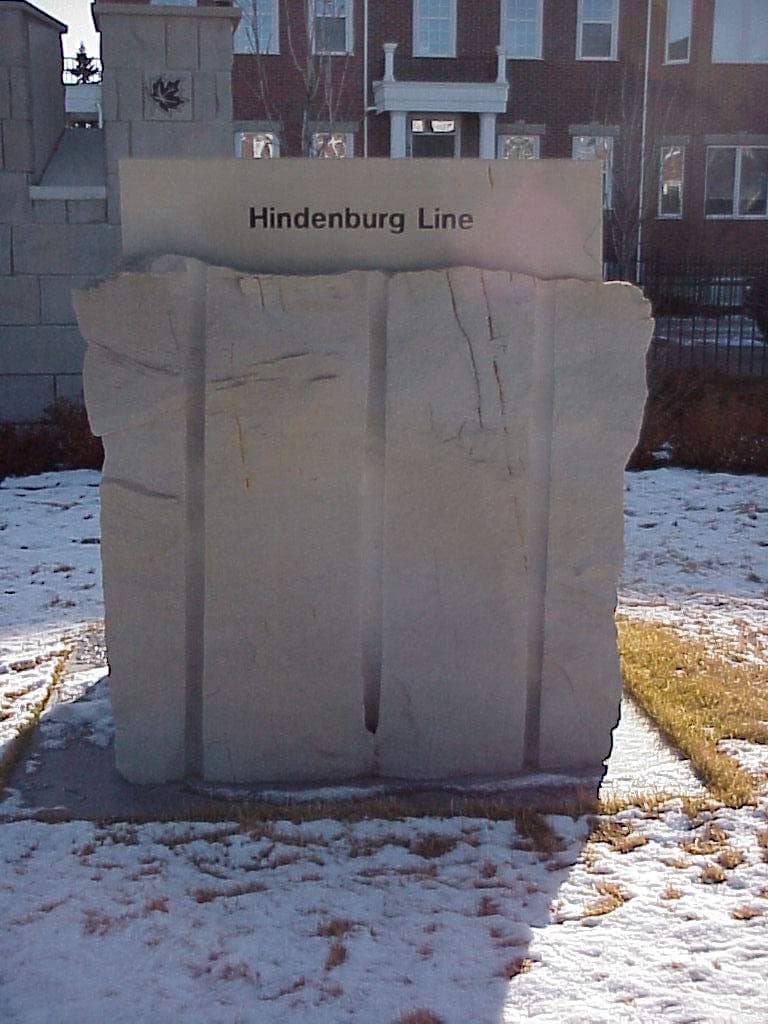"...the
First World War brought forth heroism, sacrifice, comradeship,
devotion, as well as much agony, sorrow, selfishness and
stupidity. At the end certainly there was no brave new world
or even permanent peace, but Canadian soldiers returned home
and their dead comrades remained in France and Flanders had
done their duty well. The failure was not theirs."
~ D.J Goodspeed,
The Road Past Vimy

St
Quentin Tunnel



Introduction
In November,
1917, thousands of British, French, and
Canadian soldiers marched off to
war, not knowing whether they would return alive. Thus, the
battle of St. Quentin began. The battle was led by French
general Charles Lanrezac. They
were trying to break the German's defense called the Hidenburg
Line.
BACK



About
The
Battle of St. Quentin thankfully ended in March of 1918,
ending with the French being victorious. This particular
battle lasted 1400 hours, and took place after the Battle of Somme.
The
Battle of St. Quentin was one of the many battles in World War
One, and was fought in France. The Germans called it
the battle of St. Quentin. Everyone else (like the English, and
the French) called it the Battle of Guise. They named the
battle of St. Quentin after the St. Quentin cannel on the
banks of the Somme River. This is where it took place.
Countries that were involved in this battle were Germany,
France, Australia, and Canadian soldiers.
The
Canadian regiment that took part in this battle was Lord
Strathconas' Horse.
One
way that the French won the battle was by using poisonous gas. The French
were one of the earlier users of poison gas. They used
chlorine, phosgene, mustard, bromine and chloropicrin gases.
This was a horrific battle tactic because the soldiers that
were gassed couldn't breath. It actually burned the lungs and
if they survived they had permanent lung damage.

Everyone
on the battlefield wore a gas mask.... even horses.
If
you were to go to this battle field today, you would find a
small, untidy cross from the ruins of the village. On it
says:
"Here lies six Boches (that meant six Germans.) They
met a Digger. (That meant they met an Australian.)"
Today
in an area of Calgary, the legacy of the Battle of St. Quentin
and many other battles is carried on. We should know, because
one of us happens to live on Quentin Court in Calgary, Alberta.
BACK



The
Hidenburg Line

A
commemorative stone from:
the
Garrison Woods Memorial Park
Calgary,
Alberta
The
Germans had a defense called the Hidenburg line. It was built
in the winter of the war, it took two years to build, and was
on the boarder of Germany and France. This was a
complex system of deep trenches, many yards of barbed
wire, bunkers, tunnels, command posts, sand bagged parapets, and pillboxes armed with
machine guns. It covers the ground from the North Sea to
neutral Switzerland. The Germans believed that it was
unbeatable. During the battle, the Germans retreated to the
line, when other defenses failed. Somewhere along the line, the British changed
their minds with the help of the Australians and broke through
it.
BACK




BACK